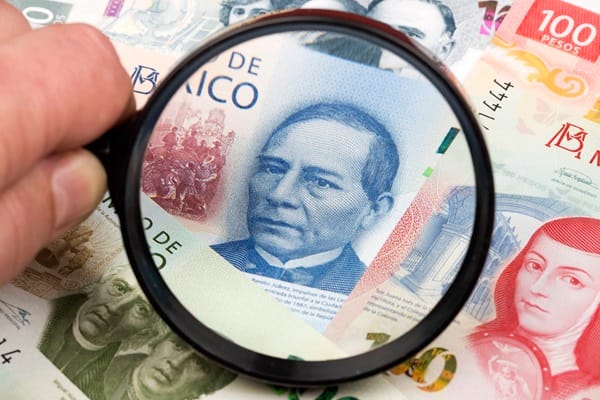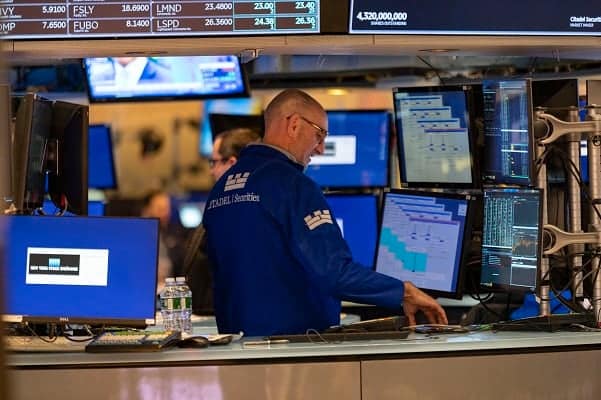The Mexican peso advanced 0.35% during the session, demonstrating remarkable resilience amid negative signals from the Mexican industrial sector and economic uncertainties in the United States.
However, the near-term outlook for the currency presents considerable challenges.
In Mexico, recent industrial data has raised concerns among investors. The Monthly Indicator of Industrial Activity (IMAI) fell 0.4% in January, accumulating an annual decline of 2.8%.
The most significant deterioration came from the mining and extraction sector, particularly oil and gas, which saw sharp contractions of 8.8% and 10.7%, respectively.
Additionally, the construction sector remained weak with an annual drop of 6.7%, while manufacturing declined slightly by 0.8%, with textiles, machinery, and metal goods suffering the most pronounced losses.
On the international front, the recent moderation in U.S. inflation has provided some support to the Mexican peso.
The Producer Price Index (PPI) remained unchanged in February, coming in below market expectations. Additionally, the recent slowdown in the U.S. Consumer Price Index (CPI), which fell to an annual rate of 2.8%, reinforces expectations of a potentially more dovish Federal Reserve. This scenario could benefit emerging market currencies, including the Mexican peso.
However, significant risks remain. Global trade tensions and concerns about a potential U.S. recession could drive an increase in risk aversion, negatively impacting the peso in the short term.
Market attention will be focused on the upcoming Federal Reserve monetary policy decision. A dovish stance would clearly favor the peso, while a more aggressive monetary approach would strengthen the U.S. dollar, putting additional pressure on the Mexican currency. For now, the peso has shown resilience, but it will navigate cautiously while awaiting clarity on these key fronts.








